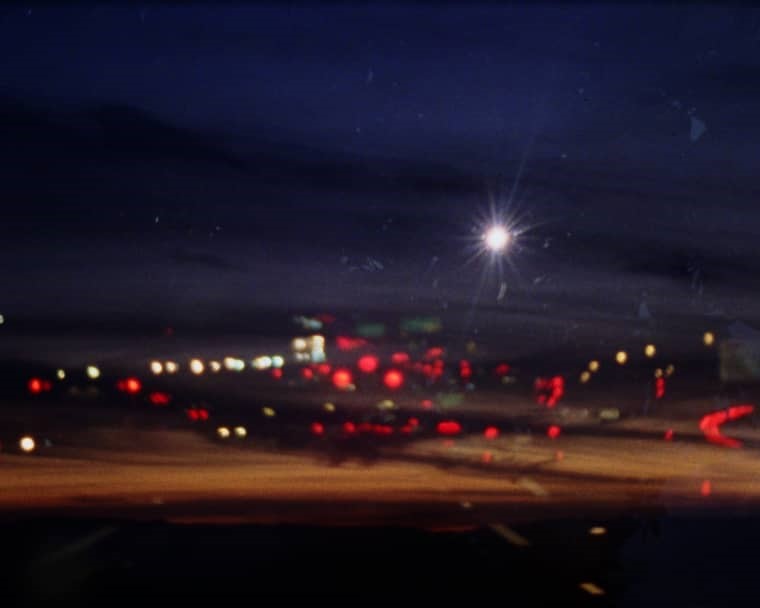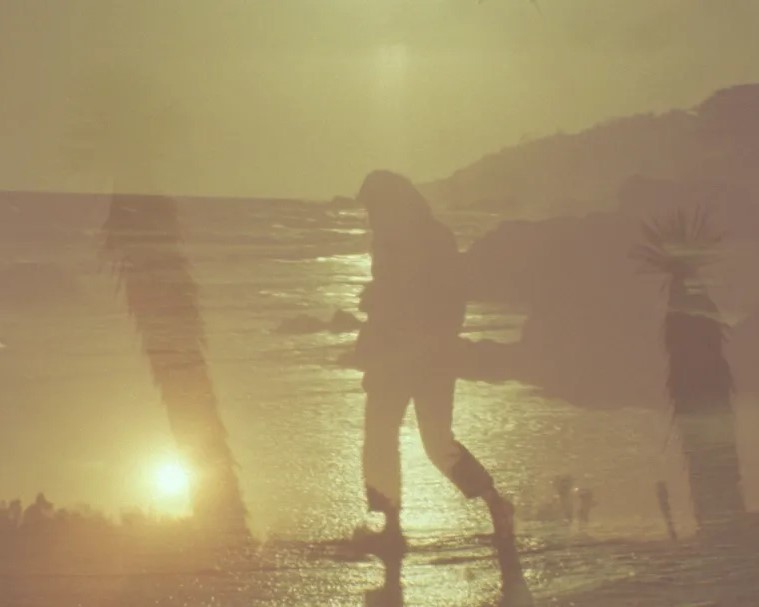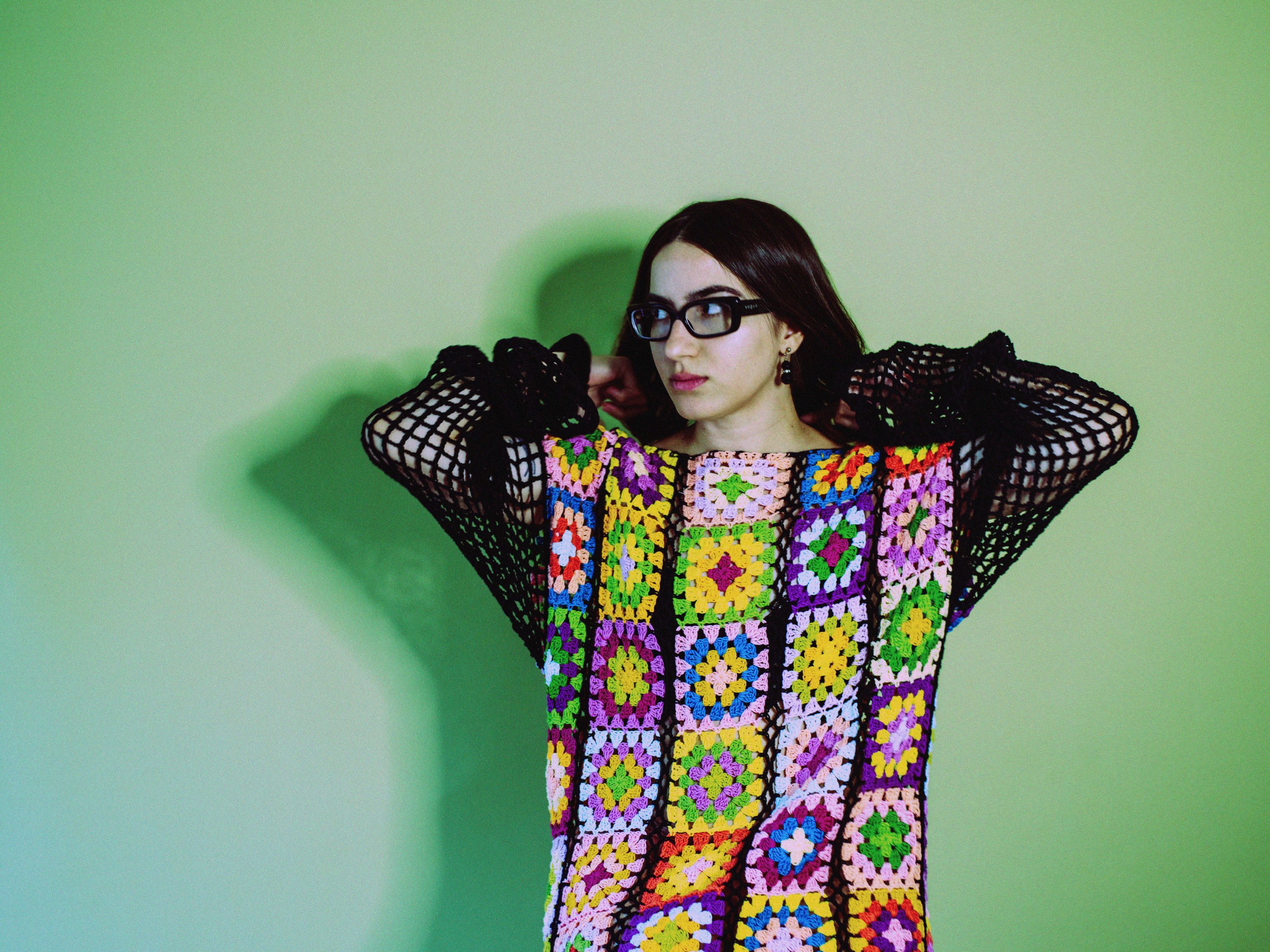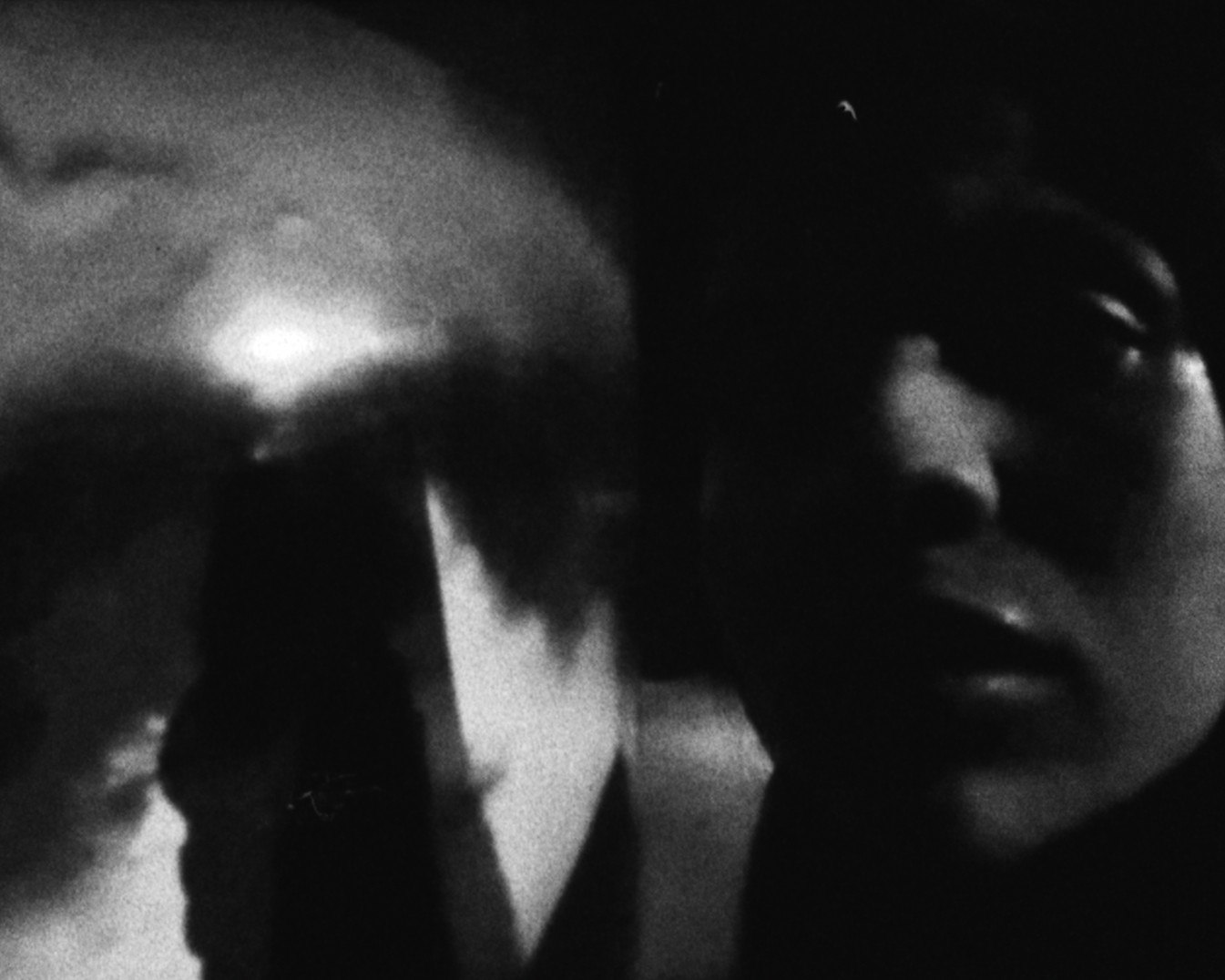
Isabela Costa On Experimental Filmmaking And The Power Of Magical Realism
Magical realism is exactly as it sounds – it’s a film and literature subgenre focusing on seamlessly blending the worlds of fantasy and realism. While fantasy realism films feel like they add a touch of magic to the everyday, they are really telling a fictional story. These films tend to have supernatural phenomena interlaced into the mundane every day, which brings the film to life.
 One filmmaker who uses magical realism in her work is Brazilian visual artist Isabela Costa, who is based in Los Angeles. Costa is an experimental filmmaker, photographer, and visual artist who enjoys pushing the boundaries of every art form she works with. Having her films screened and awarded at prestigious international film festivals in Berlin, Paris, Atlanta, Beijing and Brooklyn, she offers the audience something different – magical realism captured by the female gaze. She is also a lead photographer and visual artist behind the editorials for BELLO Mag, Tilted. Style, and VULKAN magazine, each of which are fashion publication featuring cutting-edge independent fashion designers and artists.
One filmmaker who uses magical realism in her work is Brazilian visual artist Isabela Costa, who is based in Los Angeles. Costa is an experimental filmmaker, photographer, and visual artist who enjoys pushing the boundaries of every art form she works with. Having her films screened and awarded at prestigious international film festivals in Berlin, Paris, Atlanta, Beijing and Brooklyn, she offers the audience something different – magical realism captured by the female gaze. She is also a lead photographer and visual artist behind the editorials for BELLO Mag, Tilted. Style, and VULKAN magazine, each of which are fashion publication featuring cutting-edge independent fashion designers and artists.

Today we interviewed Isabela on the subject of magical realism, experimental films, her influences and the modern-day evolution of surrealism. This is a remarkably interesting interview filled with many nuanced ideas on the subject of magical realism and pushing the bounds of conventional artwork.
What is magical realism?
Isabela Costa: Ahh there are so many ways to define this! For me, I personally like to define it as finding the absurd in our reality. I believe that reality is usually determined by the mundane, rational aspects of our lives that lead us down linear paths. What magical realism does is find what is absurd in society and address it. It is a way to break down the rules of materialism as we view them in order to shed a different light on our ‘regular’ world.
 Who are the trailblazers of this movement?
Who are the trailblazers of this movement?
For me the biggest influence in this realm is Julio Cortázar, an Argentinian writer. The way that he can play with the linear timeline of story is incredible, jumping around in time and space to create brilliant pieces of literature that lend themselves to cinematic marvels. I first became aware of him actually by watching ‘Blow Up’ by the great Michelangelo Antonini which was based on one of Cortázar’s pieces. The way that they were able to change the very format of the restrictive linear narrative has a sense of pure freedom characteristic of the 1960s. From there I continued exploring more of his works and fell in love with the novels Rayuela and Hopscotch.
 Do you feel magical realism is a part of Latin culture?
Do you feel magical realism is a part of Latin culture?
Yes, magical realism has a very powerful legacy in Latin America, which probably explains my interest in the genre. Sometimes it is hard to decide if an artwork belongs to magical realism, surrealism or speculative fiction. Artists like Alejandro Jodorowrsky and known as surrealists can easily be considered artists of magical realism. Take ‘Belle de Jour’ by surrealist master Buñuel which portrays mundane reality but confronts the viewers with surreal disruptions as Catherine Deneuve’s character experience the raw essence of sex work. I believe that magical realism is a category that is more digestible to the masses as it bridges the gap between sometimes difficult to comprehend surrealist works such as ‘Un Chien Andalou.’
 Can you give us examples of magical realism in American productions?
Can you give us examples of magical realism in American productions?
Two examples come to mind, the first is the series ‘Twin Peaks’ by David Lynch. Lynch beautifully dives into the mystery surrounding Laura Palmer and addresses the possibility that an American Sweetheart can look perfect on the outside but be so broken on the inside. Her disappearance is haunting for the small town she inhabited which is the perfect amalgamation of American society. It makes the viewer question what goes beyond surface appearances and was ultimately the reason for the show’s success. The other example that sticks out is ‘Eternal Sunshine of the Spotless Mind,’ this movie delves into the pathos of heartbreak. The film highlights the desire as a society to avoid emotional work rather than to face it head on and evolve through the process. It beautifully shows how just erasing heartbreaks and bad memories does not make our daily life easier. As a whole the absurdity has a vein of comic relief which allows the viewer to connect on a wholly different level.
 How do you use magical realism in your artwork?
How do you use magical realism in your artwork?
I think that my current work is less specified towards a genre, and I have a looser format for my work that feels more organic. I was a lead filmmaker behind the short film ‘I Think We’re Alone Now,’ where we carefully crafted every element of the short film to be based in magical realism. As the two protagonists find themselves in the ghostly city of Rio de Janeiro, their freedom from external judgment turns slowly into isolation. But now I like to enjoy the process more than trying to define the genre that I am working in. The short film was supported and produced by ANCINE (Brazilian government agency for film) and has been featured at numerous international film festivals include the Fringe Film Festival and the Festival Lugar de Mulher é no Cinema. Having the support of PUC-Rio through their selective ANCINE award program was an important and meaningful acknowledgment of the important work and impact that we were making with our film.
 Can you discuss your new approach and process?
Can you discuss your new approach and process?
For my more recent projects such as ‘Living Fish’ and ‘Eternity on a Loop,’ I have gone with a looser format that feels more organic. Instead of trying to fit things into a specific genre, I like to approach reality from a distorted perspective questioning the basic rules of the world. The protagonist in each film refuses to view the world in the conventional manner. I filmed both of them without a script which helped to imbue the narrative with visual sensations as opposed to a circular premise. This allowed me to test the boundaries of how a story is told, but also let the films speak for themselves, as I made them slowly and edited them as I filmed them and wrote the narration. I am happy to say that this deviation from traditional filmmaking was rewarded and recognized by countless distinguished festivals and critics around the world, including an award at the 2022 BeiJing Film Awards, the Spotlight Award at the 2023 Concordia Film Festival, an honorable mention at the Ithaca Experimental Film Festival, and another award at the 2024 ARFF Paris. This high level of recognition and achievement provided me with the necessary platform to highlight my unique and transformative approach to visual art and filmmaking. Using this success and platform, I hope to inspire other fellow visual artists to take that leap.
Who were some of your influences when making those films?
During the filmmaking process of ‘Eternity on a Loop’, I was very attracted by the Mexican surrealist Leonora Carrignton’s paintings. There is something so gloomy and enigmatic in the atmosphere of her artwork. Carrington’s work was the starting point for my examination of alienation and religion, and I was even influenced by her color palette. ‘Living Fish’ was my first expression of love for 35mm photography. At the time I was very taken by the delicate and mysterious feminine images of Francesca Woodman. This interest was combined with films that combined still images such as the canon ‘La Jetee’ which influenced my understanding of time and helped to create ‘Living Fish.’
 Can you talk about some of your more recent influences in film?
Can you talk about some of your more recent influences in film?
Currently I have found my work grounded more in reality. My latest films ‘Ana & Oto’ as well as ‘Somewhere Else’ are my way of viewing Rio de Janeiro and Los Angeles through characters that uniquely reflect those cities to me. The way that I choose to shoot those cities shifts constantly between material and abstract. I try to not rely on a plot twist which would be characteristic of magical realism.
What inspires your photography?
In photography there is a huge space for bringing disorder to reality through still images of frozen action. For my editorials for BELLO Media Group featuring leading talent such as Haley Dahl, Isabella Lalonde, and Djouliet Amara, to name a few, I try to evoke an escape from reality that is not quite surreal but does create a level of discomfort. I have begun to enjoy playing around with developing art with different methods. You can really play around with negatives by adding different substances, such as salt and coffee, to them evoking new layers and meanings.
Let’s talk about layering images in film and video, what techniques do you use?
I work in a lot of different mediums which I enjoy mixing and matching to create different effects that help to tell the story of what I am shooting. For me being an artist means not just sticking directly to the script and shooting straight on but rather mixing in a variety of different shots which help to guide the story. For my latest film ‘Ana & Oto’ I filmed in 16mm, but it incorporates my own animated collages, some archived footage from Rio De Janeiro and 35mm stills. I have been impacted profoundly by Brazilian Cinema Marginal and French New Wave and feel as if ‘Ana and Oto’ is a nod to that. Being able to mix concepts and play with mediums leads to more texture and artistry I believe. I believe that filmmaking should be innovative, and I like to shoot without a script allowing the artistry to take the lead as opposed to shooting for the storyline alone.
How do you bring an experimental edge to your work in the fashion world?
For me, I believe that experimenting is defined but any process outside of the traditional guidelines of the artwork. My entire fashion portfolio is analogic pictures, because I believe that it represents a freedom that is often lost in digital work. Without having knowledge of exactly what the finished product will look like, it negates shooting the same pose multiple times and just erasing the ‘mistakes.’ It also allows for more experimentation; at the moment I am working with a fake crystal home decor object that I am positioning in front of the lens to create some cool effects. It duplicates the objects the lens is pointed at and creates a whole new layer to the photograph. It feels to me like experimenting allows me to bring out my spontaneous and playful side which is nice disconnect from the ultra-curated and overly digitized world we currently live in.
Would you say you create a dreamy quality?
In my work, I like to create a break from reality, and by that, I mean a break from the linear aspect of the real world. I play with the construct of time and space and distort it to represent a dreamlike quality. If the real world ceased to work in a linear fashion with time being constant then it would collapse, however in dreams it is possible to bend that reality. I try to emulate that in my work which helps to provide the viewer with a level of discomfort that engages the audience more and creates an ethereal quality to my work.
 What is next for you?
What is next for you?
Experimental filmmaking is at the core of what do. I spent three years getting my MFA in film and Video and that has further solidified my love for the art. However, as things tend to go, I explored new projects and jobs and found a genuine passion for Fashion Editorial Photography blossomed and it is something that I am enjoying exploring. I plan to continue to work in the fashion world without ever forgetting my roots and continuing important filming projects. I also do freelance jobs editing for other people and it keeps me in the film world. I am nearly finished with my most recent film ‘Somewhere Else,’ and I am excited to share it with the world. I love attending and participating in film festivals as it allows me to share my works with an eclectic group of people around the world.
Check out Isabela Costa’s work on her website isabelacostafilm.com.



